
Coral plants classification using Matlab
₹3,000.00 Exc Tax
Huge Price Drop : 50% Discount
Source Code + Demo Video
Platform : Matlab Delivery : One Working Day Support : Online Demo ( 2 Hours)
100 in stock
Description
Coral plants classification using Matlab
ABSTRACT
In this paper, we present a study about an automated system for monitoring underwater ecosystems. The system here proposed is based on the fusion of different deep learning methods. We study how to create an ensemble based of different Convolutional Neural Network (CNN) models, fine-tuned on several datasets with the aim of exploiting their diversity. The aim of our study is to experiment the possibility of fine-tuning CNNs for underwater imagery analysis, the opportunity of using different datasets for pre-training models, the possibility to design an ensemble using the same architecture with small variations in the training procedure. Our experiments, performed on 5 well-known datasets (3 plankton and 2 coral datasets) show that the combination of such different CNN models in a heterogeneous ensemble grants a substantial performance improvement with respect to other state-of-the-art approaches in all the tested problems. One of the main contributions of this work is a wide experimental evaluation of famous CNN architectures to report the performance of both the single CNN and the ensemble of CNNs in different problems. Moreover, we show how to create an ensemble which improves the performance of the best single model.
INTRODUCTION
Oceans are the essential lifeblood of the Earth: they provide over 70% of the oxygen and over 97% of the water. Without our oceans, all life, including humans, would not survive. Increases in human population and their resource use have drastically intensified pressures on marine ecosystem services, therefore monitoring and maintaining the oceanic ecosystem is essential to the maintenance of marine habitats. These habitats include plankton population and coral reefs, which are critical to marine food cycles, habitat provision and nutrient cycling. Planktons are one of the main components of ocean ecosystems, due to their function in the oceans food chain. Studying variations of plankton distribution gives useful indicators for oceanic state of health. Coral reefs are among the oldest ecosystems on Earth. They are created by the accumulation of hard calcium carbonate skeletons that coral species leave behind when they die. Not only are coral reef biologically rich ecosystems and a source of natural beauty, they also provide spawning and nursery grounds to many fish populations, protect coastal communities from storm surges and erosion from waves, and give many other services that could be lost forever if a coral reef was degraded or destroyed. Therefore, the study of plankton and coral distribution is crucial to protect marine ecosystems. In the last years there has been a massive proliferation of digital imagery for the monitoring of underwater ecosystems. Considering that, typically, less than 2% of the acquired imagery can be manually observed by a marine expert, this increase in image data has driven the need for automatic detection and classification systems. Many researchers explored automated methods for performing accurate automatic annotation of marine imagery using computer vision and machine learning based techniques [3]: the accuracy of these systems often depends on the availability of high-quality ground truth dataset. Deep learning has been certainly one of the most used techniques for underwater imagery analysis within the recent past and a growing number of works use CNN for underwater marine object detection and recognition. Researchers have increasingly replaced traditional techniques , where feature extraction was based on hand-crafted descriptors (such as SIFT and LBP) and classification was done with Support Vector Machines or Random Forests, in favor of deep learning approaches , that exploit Convolutional Neural Networks (CNN) for image classification. CNNs are multi-layered neural networks whose architecture is somewhat similar to that of the human visual system: they use restricted receptive fields, and a hierarchy of layers which progressively extract more and more abstracted features. A great advantage of CNNs vs traditional approaches is the use of view-invariant representations learnt from large-scale data which make useless any kind of pre-processing there are even fewer works that use CNNs for coral classification, since it is a very challenging task due to the high intra-class variance and the fact that some coral species tend to appear together.
PROPOSED METHOD
In this work the deep learned methods are based on fine-tuning well-known CNN architectures according to different training strategies: one and two round training (see the end of this section for details), different activation functions, pre-processing before training. We test several CNN architectures among the most promising models proposed in the literature; the aim of our experiments is both evaluating the most suitable model for these classification problems and considering their diversity to design an ensemble. Our experiments, performed on 5 well-known datasets (3 plankton and 2 coral datasets) show that the combination of such different CNN models in a heterogeneous ensemble grants a substantial performance improvement with respect to other state-of-the-art approaches in all the tested problems.
BLOCK DIAGRAM
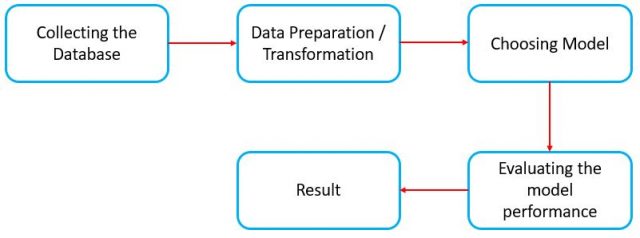
CONCLUSIONS
Underwater imagery analysis is a challenging task due to the large number of different classes, the great intra-class variance, the low extra-class differences and the lightning variations due to the water. In this paper we studied several deep learned approaches for plankton and coral classification with the aim of exploiting their diversity for designing an ensemble of classifiers. Our final system is based on the fine-tuning of several CNN models trained according to different strategies, which fused together in a final ensemble gain higher performance than the single CNN. In our experiments, carried out on 5 datasets (3 plankton and 2 coral ones), we evaluated well-known CNN models fine-tuned on the target problem using some training variations (different resizing for input images, tuning on similar datasets, small variations of the original CNN model): the experimental results show that the best stand-alone model for most of the target datasets is DenseNet, anyway the combination of several CNNs in an ensemble grants a substantial performance improvement with respect to the single best model. In order to reduce the complexity of the resulting ensemble, we used a feature selection approach aimed at selecting the best classifiers to be included in the fusion: the final result is a lighter version of the ensemble including only 11 classifiers which outperforms all the other ensembles proposed.
Additional information
| Weight | 10.000000 kg |
|---|

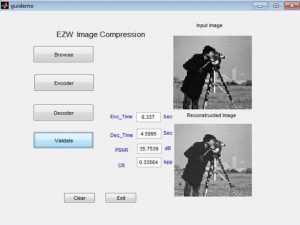
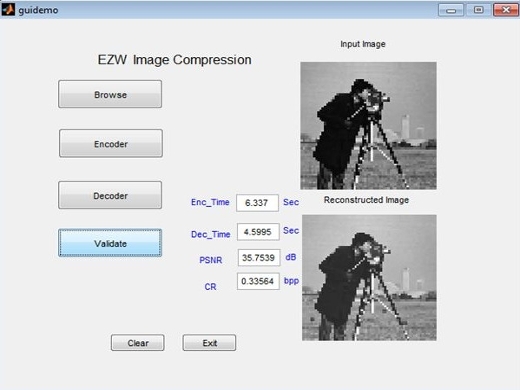
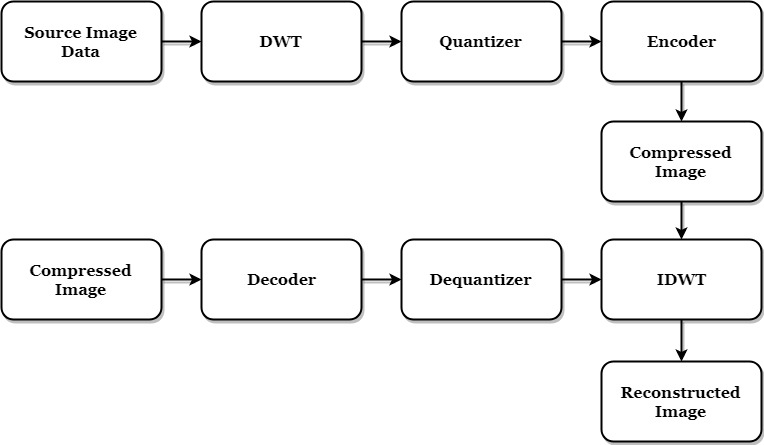
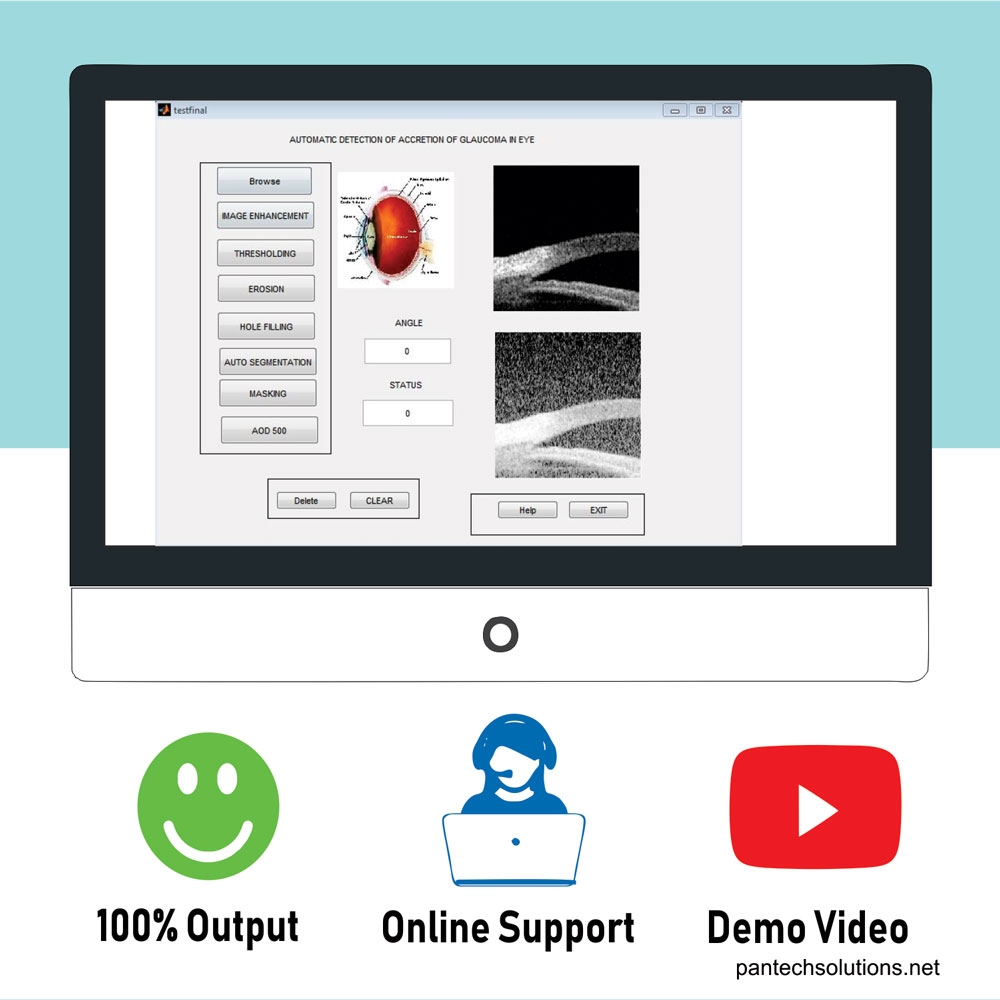
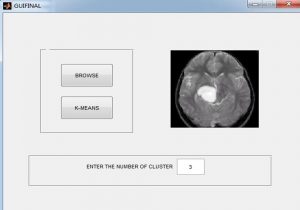
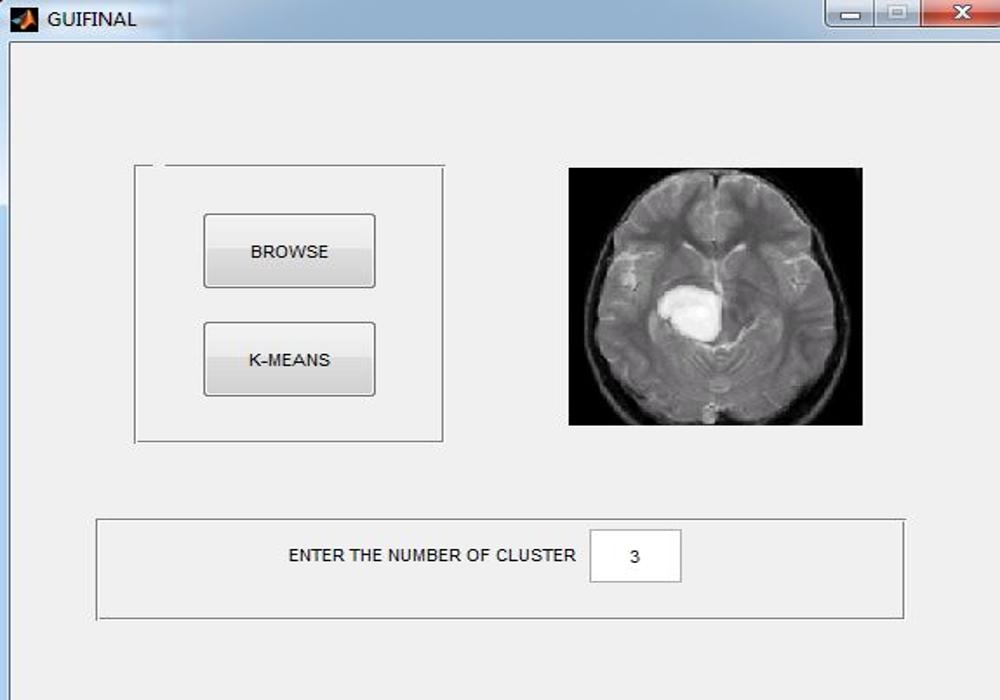

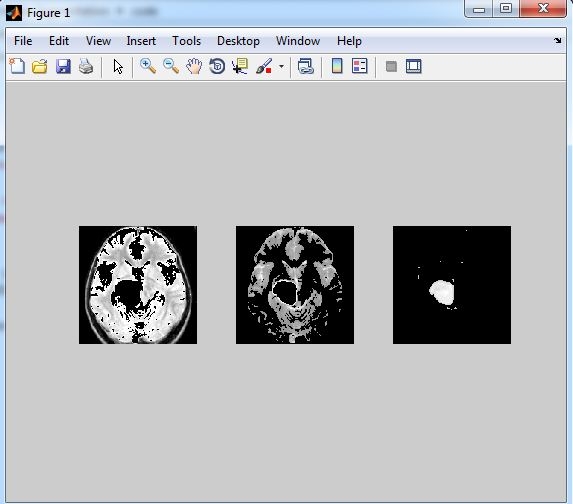
Reviews
There are no reviews yet.